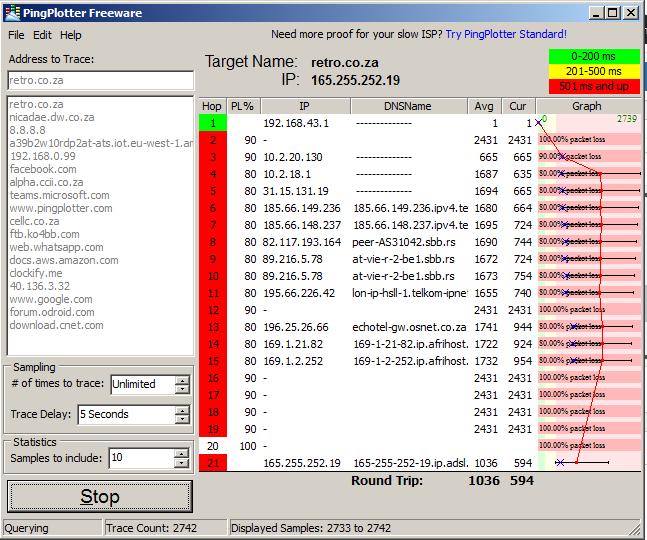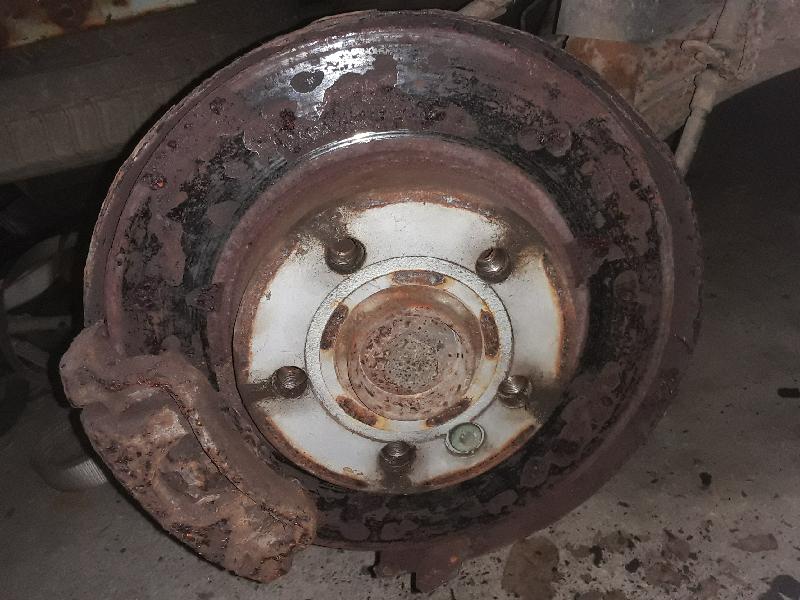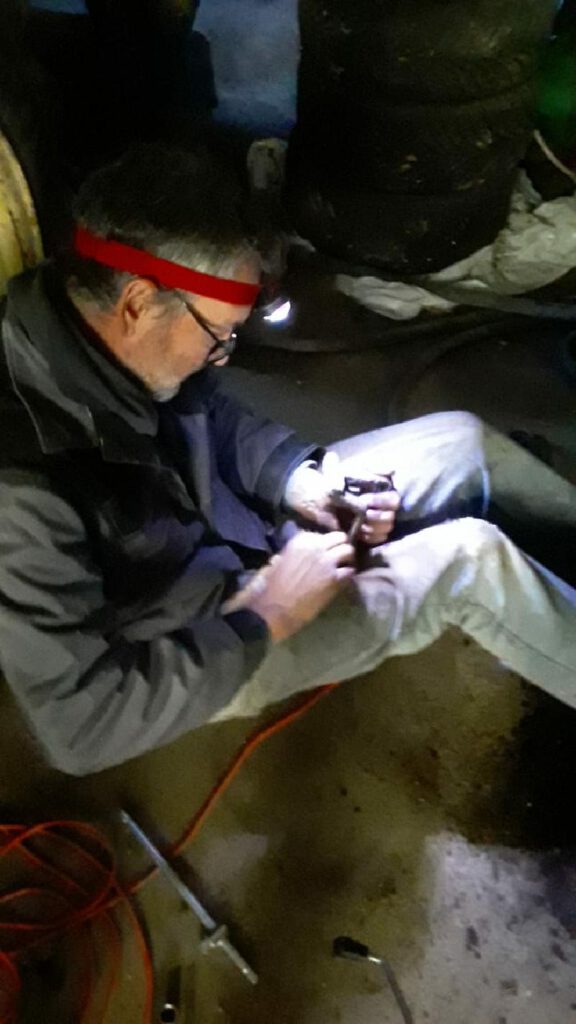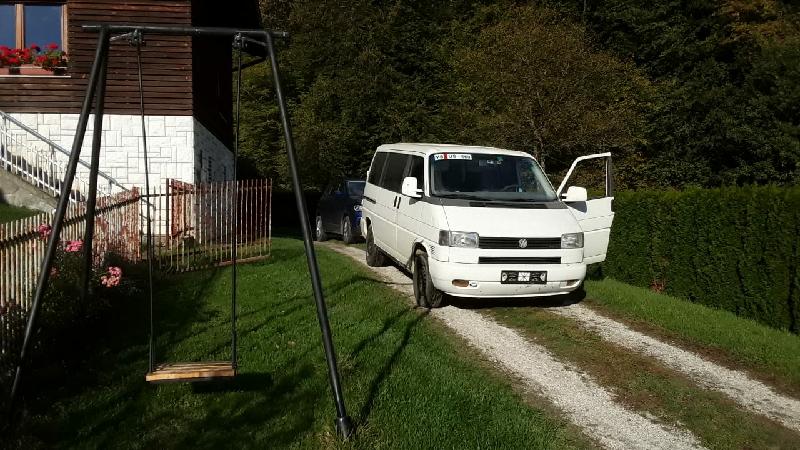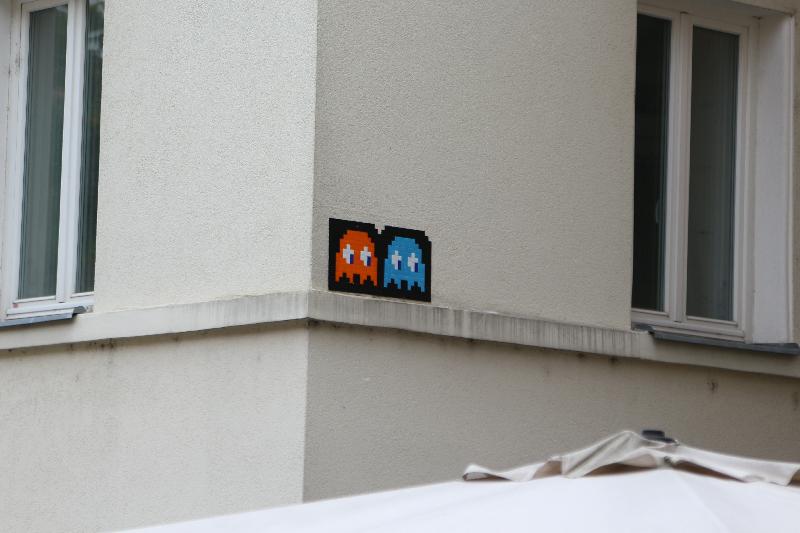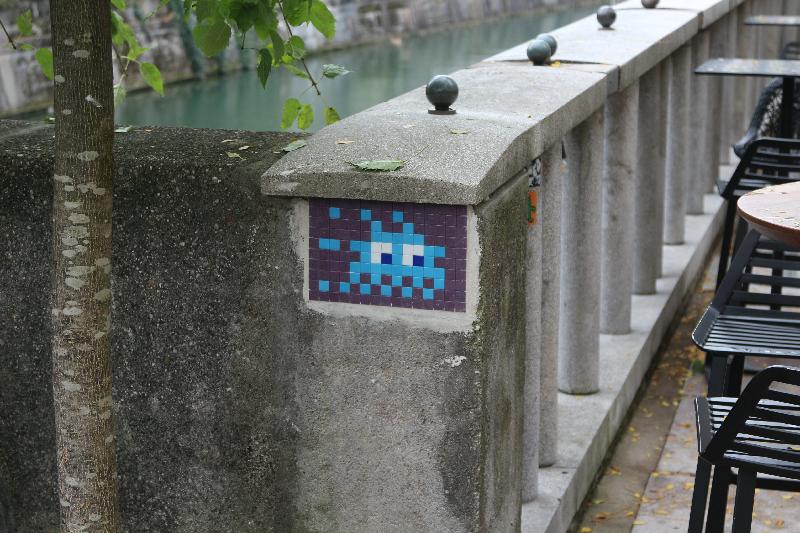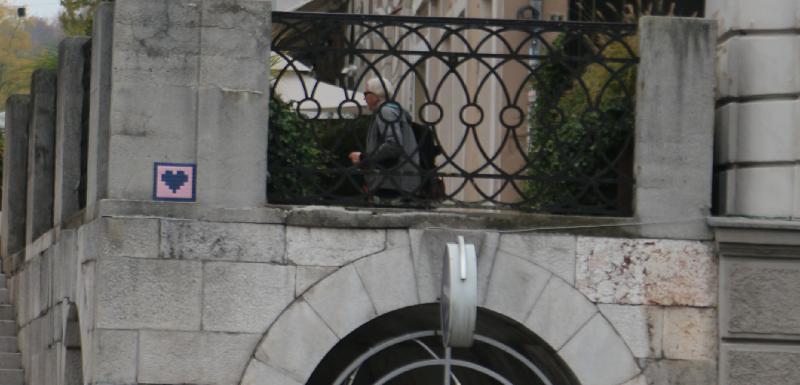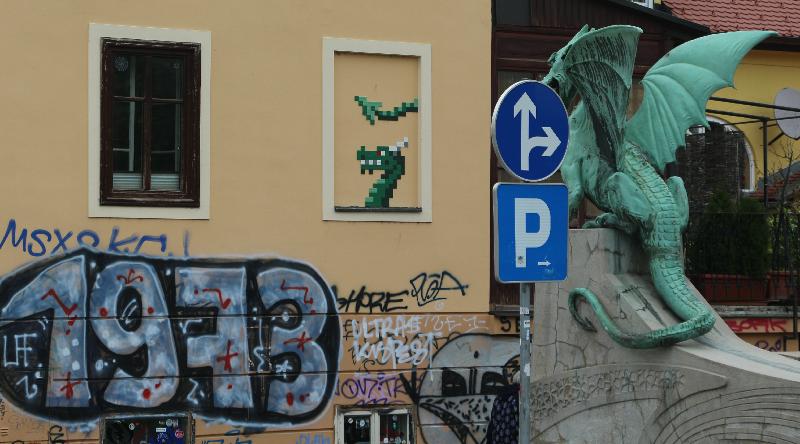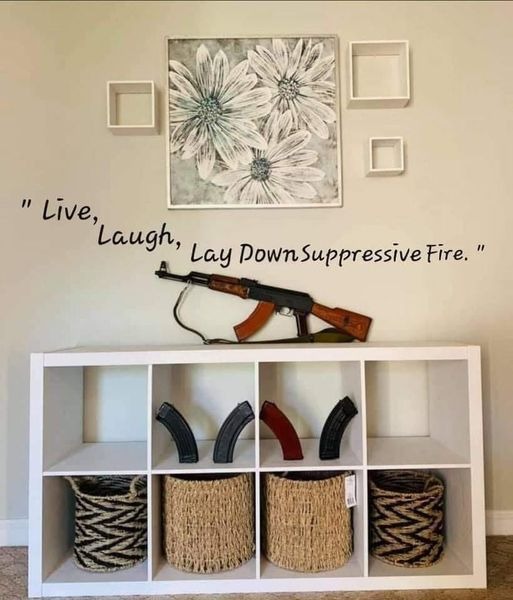Tanya and I are trying out national parks which are not the Kruger. Last year we went to Camdeboo (on our way to Kruger), this year we decided to give the Mountain Zebra park a try. It’s a bit further away, next to Cradock, pretty much on the other side of the Valley of Desolation. Also, they have lions and cheetah, which Camdeboo lacks.

Along the way I played with my Canon 100D’s HDR feature (it takes three pictures bracketing two F stops either way, then later you combine them in Lightroom or some such) — this is the road from Nieu-Bethesda.

Breakfast in Cradock. It was National Woman’s Day, so Tanya’s latte was on the house.

A mountain zebra is the shaggy pony edition of a payama donkey. When the park was started, there were only about 60 of them left (the quagga had already been hunted to extinction a century before that), these days there are more than 5000.

Our first day was windy and overcast, but it got better.

Rock Kestrel.

Yellow mongoose. They’re cute.

Tanya and I both called this a plover, but according to the SASOL book it’s a double-banded Courser which is a dry country wader (if such a thing is possible) with crepuscular habits (which sounds terrible but just means they forage at dusk and dawn).

This one had a chick which was almost impossible to photograph.


We suspect that people have been feeding the ground squirrels — they come running straight up to the car and strike this pose.


More yellow mongoose.

There are differing opinions on why it’s called a Secretary bird. I tend to agree with Wikipedia (check this thing’s skeleton while you’re there), the feathers do look like the pen stuck behind a secretary’s ear. But maybe that’s too colonialist for the bird on South Africa’s coat of arms, so some claim that it’s Arabic for “hunting bird”. Either way, I wouldn’t mess with it.




Bat-eared foxes.
We also saw hartbees, kudu, eland, reedbuck, buffalo, porcupine… but let’s talk about cheetah.
The Mountain Zebra National Park has an activity “Drive out with your guide to search for the elusive Mountain Zebra National Park cheetahs. When signal from a collared cheetah is found, you will have the opportunity to get closer on foot.” Having now done this, I strongly suspect the guide fairly quickly figures out where the cheetah is, then takes you the long way around to find it — so as to give you value for money.
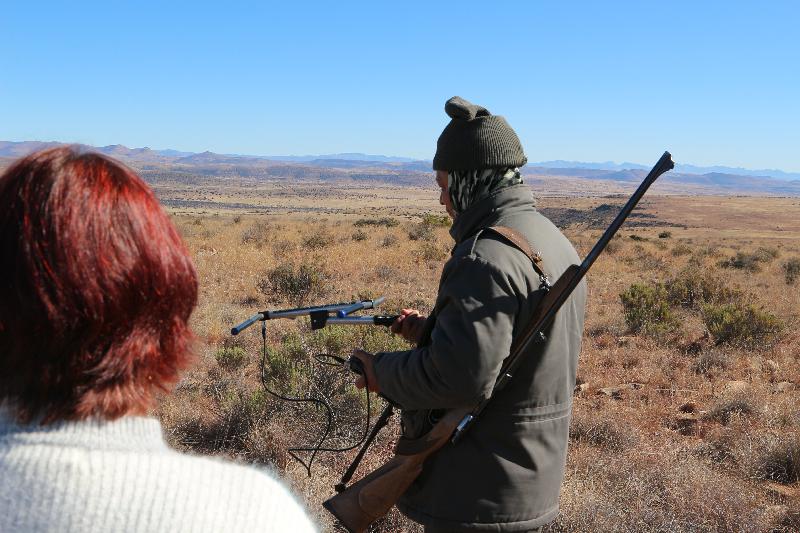
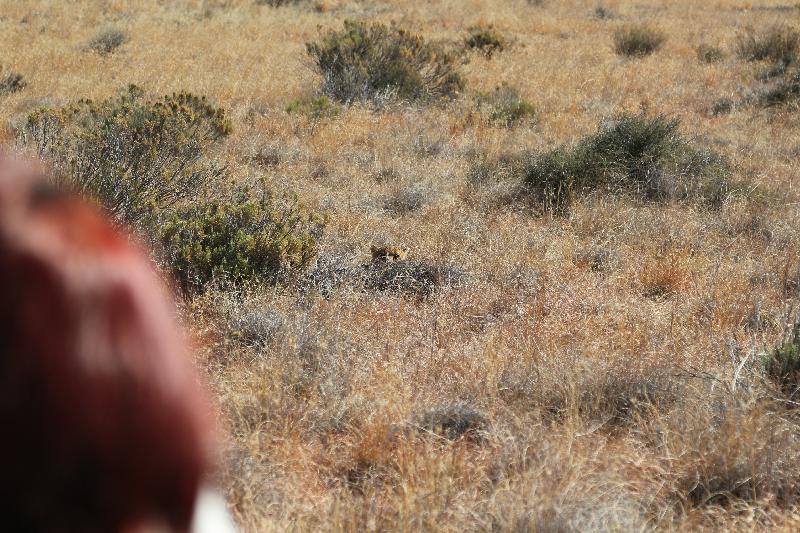
See? Cheetah. Right there.
(Yea, it was kind of underwhelming).
So after checking out on Wednesday, we decided to stay in the park a bit longer, so I drove up the Kranskop loop, around the Rooiplaat loop and down the link road to the dam where we had seen the zebras before (close to the E tip of the compass rose on the official map). Sat there drinking coffee, eating ham&cheese sarmies that Tanya had made earlier, didn’t see much, decided to leave. As I pulled out I looked over my shoulder… hmmm. What’s that?
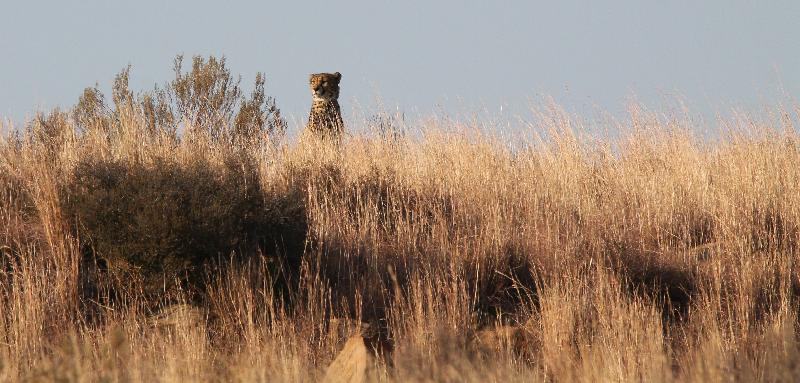
Positioned the car, Tanya going click click, and I noticed…

…another one pop up.

After a while they started moving and I repositioned on the other side of a particularly pesky bush. By then #2 had moved to the other side so for a while we thought there might be three of them. They moved away, I guessed where they were going to go and drove around.
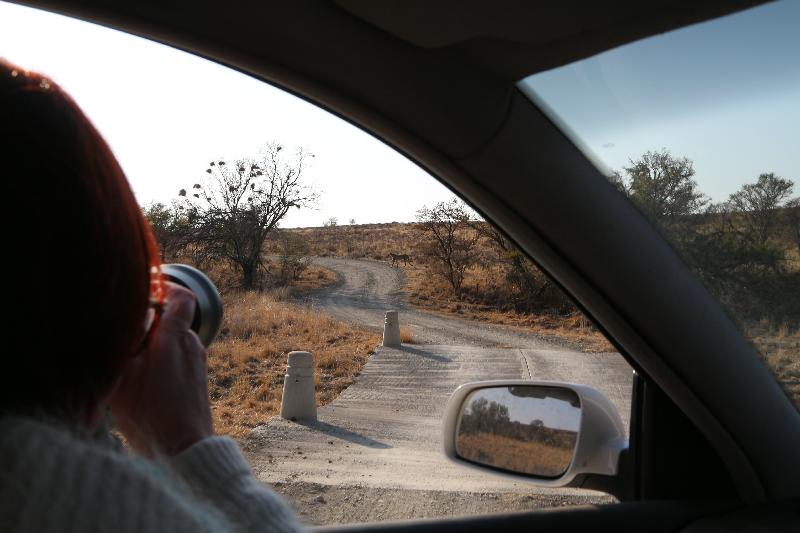
Got it a bit wrong, went too far (the lookout point at the dam is on the far side of Tanya’s head from here, and they’re headed straight for the dam).

Tanya’s shooting the 600mm off a window stedilens (an overpriced essential), I’m shooting a 300mm handheld. These two pics are 600mm uncropped.






Walk walk walk… flop. Yea, they’re cats.
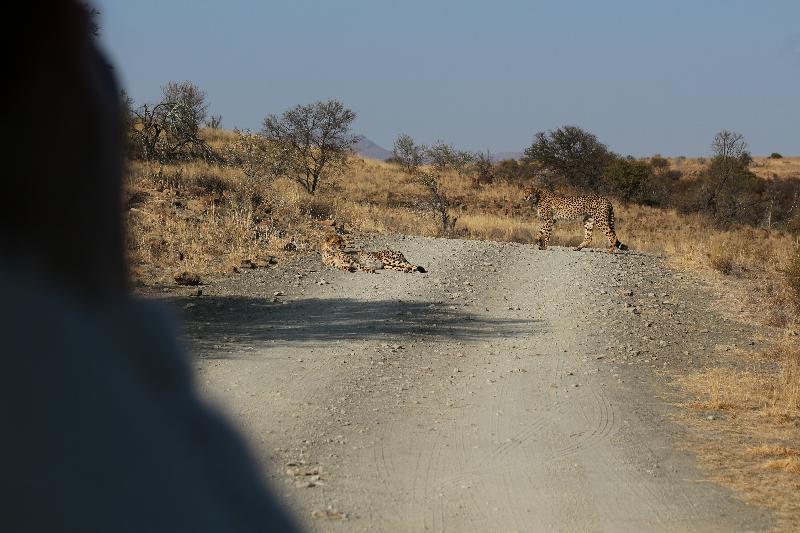

Byeee!

Good times.
